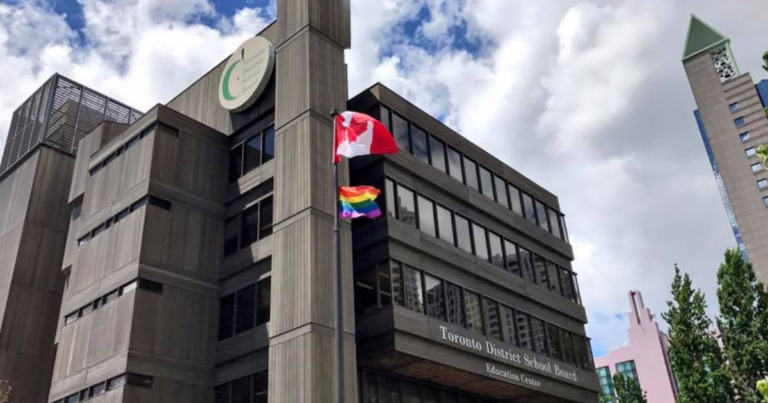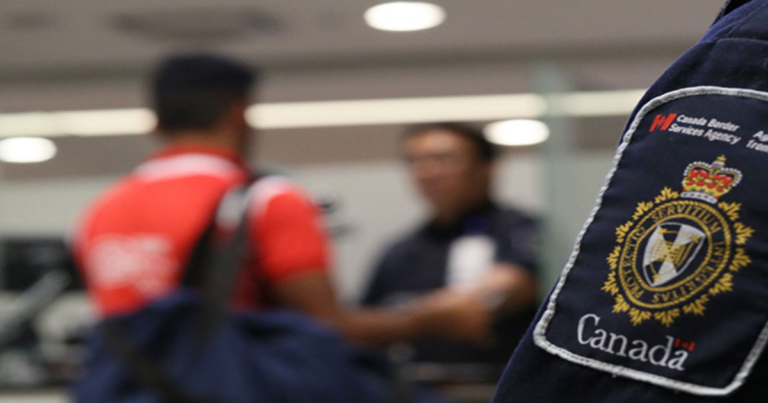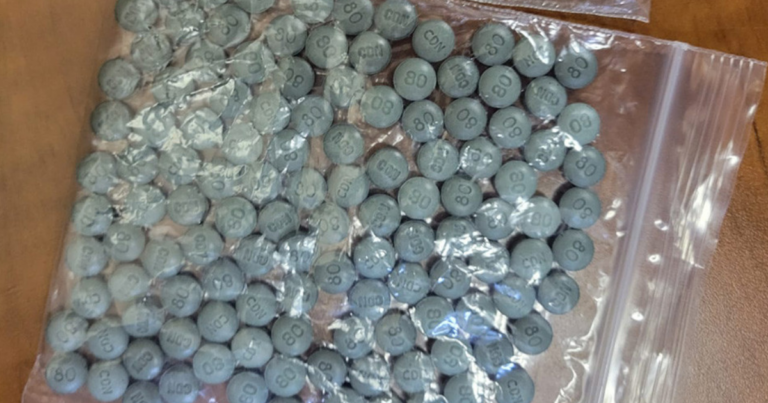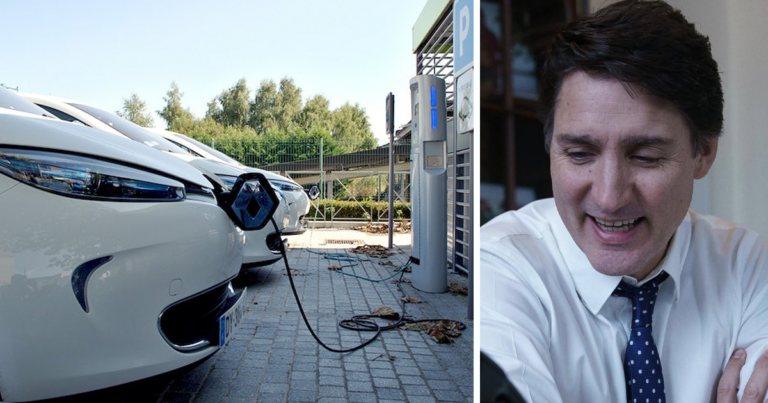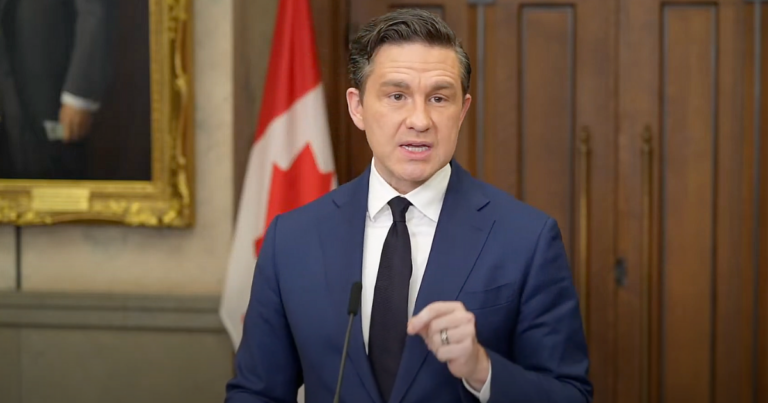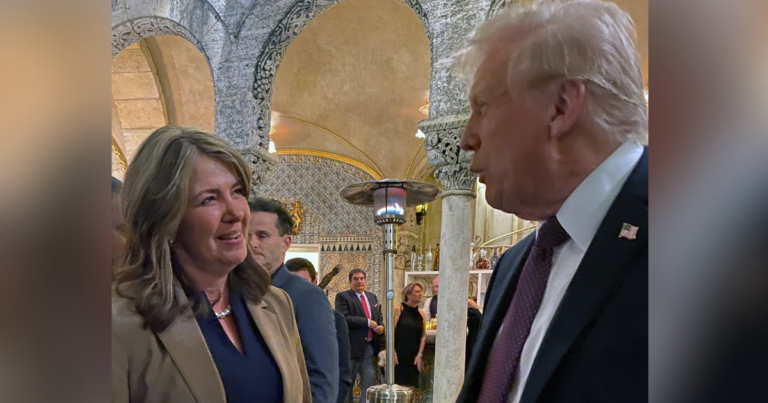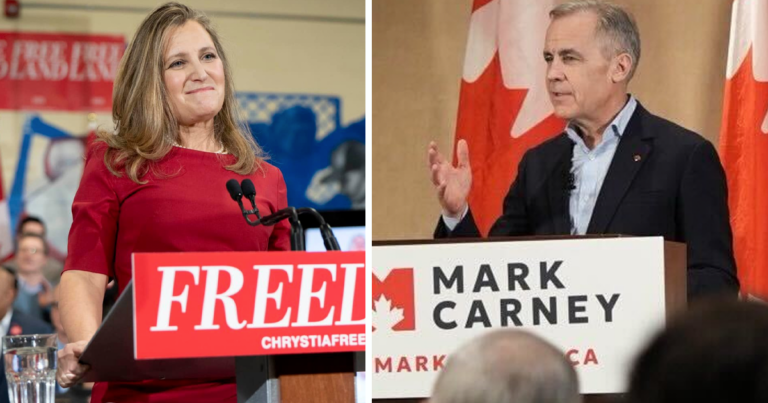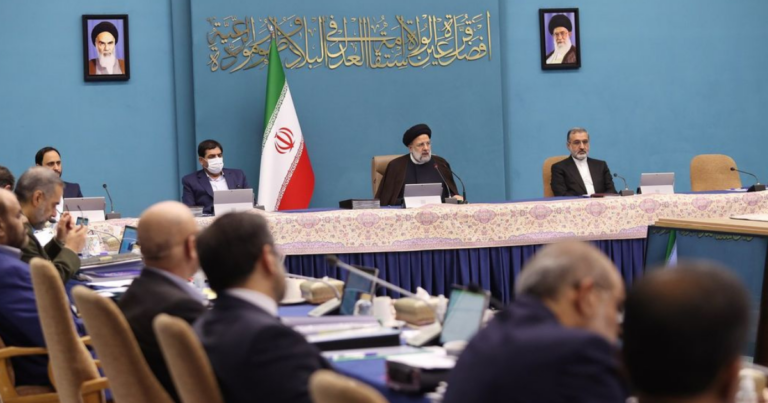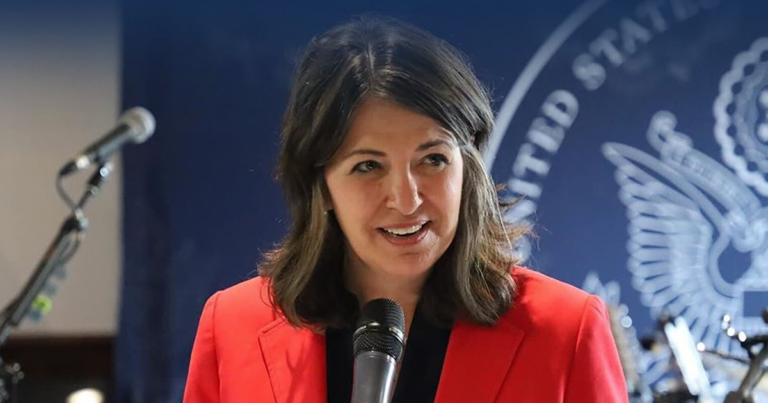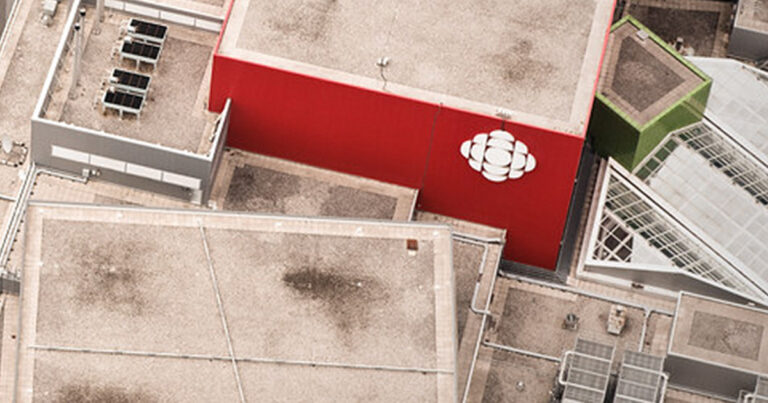In Monday’s inauguration speech, U.S. president Donald Trump made it clear that under his watch harmful DEI will be DEAD in America.
He followed that up the same day with an executive order to eliminate all Diversity, Equity and Inclusion (DEI) programs in the federal government and in federal agencies.
With any luck, common sense and merit will replace these divisive policies south of the border where DEI hires in progressive cities have proven to be ill-prepared to manage crises.
The horrible mismanagement of the January 1 terrorist attack in New Orleans and the raging wildfires in L.A. come to mind.
But while the pendulum is swinging the right way in America — where many have realized the harms of DEI — Canada has not yet gotten the message.
The trustees on the Toronto District School Board (TDSB) programs committee doubled down last week with a ridiculous motion calling for the province to put in place mandatory Equity, diversity and anti-racism certification for all Ontario teachers.
The motion was brought forward by student trustee Angelika Bell, who has represented the Black Caucus Liaison with the Student Trustees Association and is very involved with Mayor Olivia Chow’s Youth Cabinet.
Bell received an Equity and Diversity award from the City of Toronto last spring and was also an advocate for menstrual equity (former black activist director Colleen Russell-Rawlins lauded her activism last year).
In other words, this engaged teen appears to have DEI in her blood.
She reportedly told the board mandatory certification would equip teachers to better engage in discussions about race and identity particularly in the wake of the Hamas attack on Israel on Oct. 7 of 2023.
Perhaps they would be better to engage in discussions about academics and ensure literate students graduate.
Although technically Bell can’t move a motion, NDP trustees Deborah Williams and Debbie King — both black activists — took carriage of it.
The motion claims that the lack of mandatory equity and anti-racism certification in the Ontario College of Teachers has prevented the achievement of an inclusive and equitable education environment — and that according to research from the TDSB’s Centre of Excellence for Black Student Achievement, black high school teachers experience “significant challenges” pertaining to micro-aggressions and isolation.
The motion quotes percentages of racism, bias and hate incidents from 2022-2023, which I’m willing to bet has totally been overtaken by the rampant antisemitism in the board.
The motion passed unanimously. Even Jewish trustee Alexandra Lulka (who should know better) voted in favour of it.
It goes to the full board Wednesday evening.
Although the board’s NDP trustees will do everything to hang onto their woke ideology and despite the changes in public sentiment towards DEI, it is beyond shameful that this would even be considered.
These trustees are exceptionally tone deaf.
DEI at the TDSB, like the examples I previously mentioned, has been an unmitigated disaster.
It has divided students, lowered standards and given black students and board administrators preferential treatment.
The decision to remove auditions and applications based on merit and use random selection to specialized art, music, math, science and sport programs at the TDSB came as a result of anti-black racism and equity initiatives.
Through the board’s Centre of Excellence — which was added in 2021-22 at a cost of $2.3-million a year — specialized camps, basketball programs and mentorships have been offered to black students only.
These anti-racism initiatives saw the removal of student resources officers — specialized cops — in the board’s schools and eliminated consequences for bad behaviour, most specifically suspensions and expulsions.
As a result, some TDSB schools have become war zones.
But the far greatest impact of these DEI initiatives has been the toll it’s taken on teachers and school administrators — the very people who would be subjected to this certification.
The most striking is the tragedy of Richard Bilkzsto.
In July of 2023, the much-loved principal committed suicide — the result of dealing with tremendous stress after being humiliated at DEI training sessions by “race expert” Kike Ojo-Thompson.
The DEI consultant targeted Bilkzsto repeatedly at two sessions in 2021 for daring to challenge her anti-black racism dogma. She accused him of white supremacy more than once in front of 200 colleagues, among other things.
Ojo-Thompson was never forced to account for her actions, considered “egregious and harassment” by the WSIB.
In fact, she is now a partner in charge of human capital consulting at Deloitte.
True North revealed last October that an alleged education ministry review of DEI and the circumstances leading to Bilkzsto’s death was an utter sham.
So much for conservative values.
A similar TDSB review appears to have been swept under the rug.
This is the kind of destructive ideology TDSB trustees are trying to foist down teachers’ throats.
One can hope such abject nonsense never sees the light of day.
